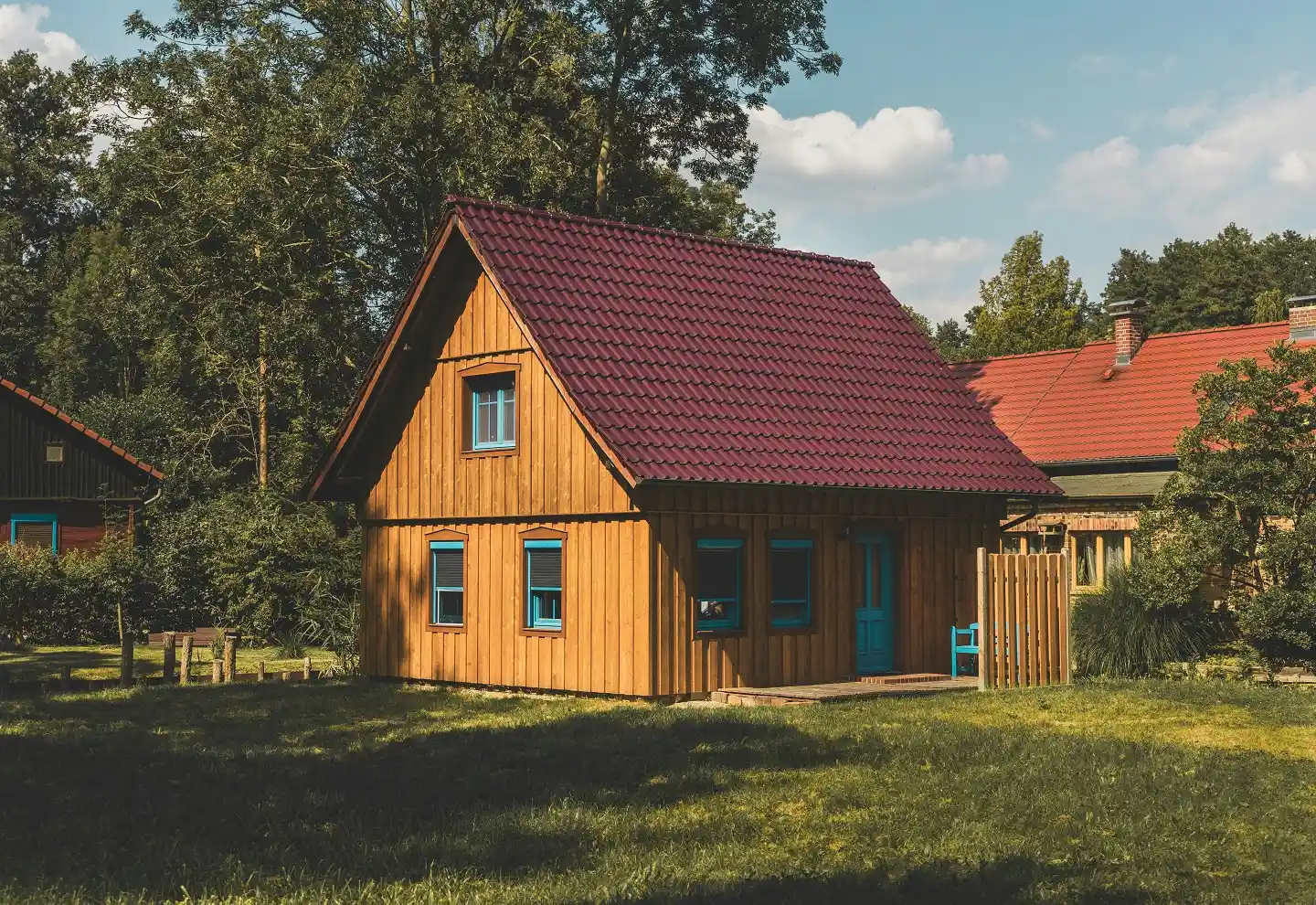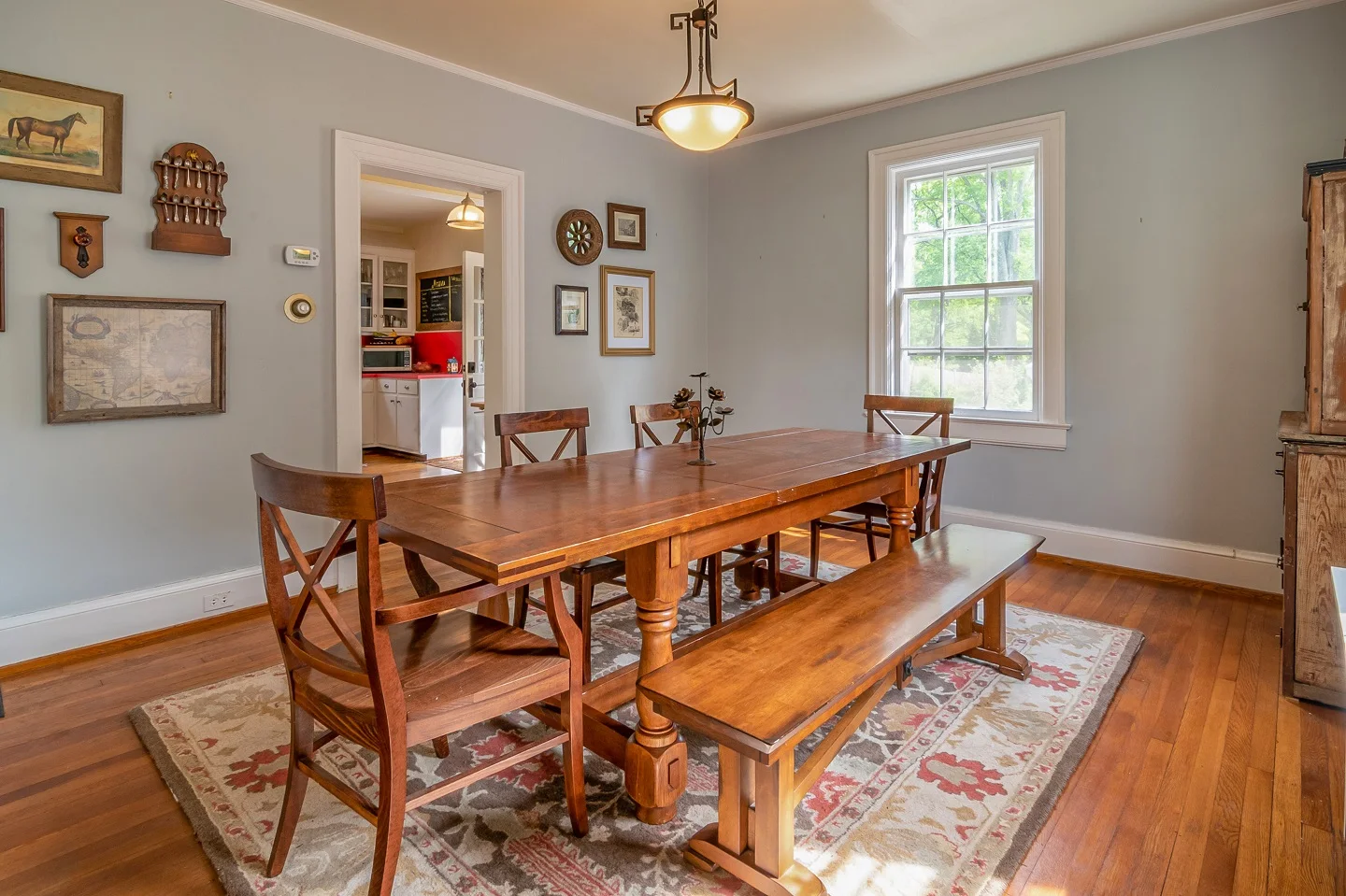7 Popular Types of Wood Materials for Interiors: A Complete Guide

Interior spaces utilize wood, a timeless and versatile material, to cultivate natural beauty and warmth. Hardwood flooring—a clean backdrop that it is—adds an element of depth; moreover, through the inclusion of wood furnishings and intricate details, texture interests are seamlessly integrated into home décor–a testament to its perennial indispensability in style. This comprehensive guide delves into the popular types of wood frequently employed in interior design; it also elucidates the key benefits associated with incorporating these elements. Furthermore, a plethora of tips for home decoration using wood is provided.
Two Main Categories of Wood Materials

Depending on the tree it originates from, wood material is categorized into two main types: hardwood and softwood. Despite the terms not directly correlating with wood density or hardness, they generally correspond to broadleaf (deciduous) tree-derived woods as hardwood; conversely, coniferous (evergreen) tree-sourced woods align under the term “softwood”.
Tip: Explore our engineered hardwood flooring sale to find the one that matches your house design the best.
first, we’ll explore two main categories of wood materials used in interior design; hardwood and softwood.
Hardwoods
Furniture makers and interior designers prize hardwoods such as oak, walnut, teak, and mahogany for their density, strength, richness of color–and the exquisite grain patterns they offer. Also, hardwoods are the most popular flooring material. Walnut, hickory, oak, ash, cherry, maple, and teak are good examples of hardwood materials.
Softwoods
Softwoods typically boast a less dense composition and lower price point than hardwoods; nonetheless, they maintain their popularity as an interior choice due to two key factors: the attractive grain they offer and sustainability benefits. Cedar and pine are example of softwood materials.
What are the best types of wood materials for interior design?
1. Oak Wood
Oak wood as a very popular wood material, is known for its incredible durability and strength. Oak wood has been used for centuries in home building and furniture design, and it is categorized into red oak and white oak, it stains easily to complement traditional and modern décor alike. Oak wood features unique porous rings and grain patterns ranging from straight to arched or wavy.
2. Walnut Wood
Walnut wood has an elegant, luxurious look. This kind of wood material is valued for its rich, dark brown color and smooth, straight grain. Walnut wood is a popular choice for high-end cabinetry and furniture, as well as architectural accents like stair railings or exposed beams. Since walnut is a rare wood material and it is harder to work with, walnut furniture and detailing tend to be more expensive than options like oak or maple.
3. Teak Wood
Teak, an exotic hardwood material boasting high amounts of natural oils that confer exceptional weather resistance and durability, is heralded as the “gold standard” for outdoor furniture. This kind of wood material, with its evenly straight grain and golden brown color, endures the elements without requiring any treatment. Teak wood, though more expensive than synthetic outdoor furniture, endures for decades with minimal maintenance.
4. Pine Wood
Pine wood, as an abundant and accessible wood material, offers an affordable option for furniture, cabinetry, and wood detailing. Pine wood is valued for its versatility in staining or painting well, which allows it to fit modern, traditional, or farmhouse style décor. Pine wood ranges from a light, nearly white color to yellow/orange hues with dark knots throughout its distinct grain pattern.
Tip: Is pine a good wood for flooring? Read more about pine wood flooring and its pros and cons.
5. Cedar Wood
Aromatic red cedar wood imparts a pleasant scent, historically used in chests and closets, to naturally repel moths and prevent mildew buildup. Primarily used for outdoor projects, cedar wood also works well indoors and is naturally resistant to decay. Cedar wood has a rustic look, and the smooth grain takes stains and paints evenly. Cedar is a lightweight yet durable wood material.
6. Mahogany Wood
Mahogany wood is a tropical hardwood known for its reddish-brown color, and distinct grain patterns. African Mahogany and Philippine Mahogany are the most popular varieties of Mahogany wood. Mahogany is commonly used in furniture, cabinetry, flooring, and musical instruments. This kind of wood material may darken over time, so don’t put it under the direct exposure of sunlight. Mahogany wood’s cost is relatively high, because Mahogany is a high-quality wood material.
Tips: Explore Flooring Outlet and More wholesale to find your perfect wood material.
7. Maple Wood
Maple is a kind of hardwood celebrated for its strength and durability. This long-lasting wood hardwood material is generally an expensive wood but cheaper than oak. The variety of the maple wood colors will amaze anyone, because they are available in stain, light, dark, and red glazes. Maple has the ability to upgrade your home look because it seems an expensive luxury wood material while it is actually more affordable than other wood materials.
Benefits of Wood in Interior Design

Beyond just looking beautiful, wood offers unique benefits that make it a staple interior design material:
- Natural Beauty: Wood brings organic warmth and timeless aesthetics that perfectly balance sleek metals, stone, concrete, and other synthetic materials.
- Warmth & Texture: The tactile feel of wood grains and patterns adds cozying warmth and dimensional texture.
- Durability: Many wood species, like oak, teak, and walnut, are extremely dense and can withstand daily wear and tear for generations. This makes wood a sound long-term investment.
- Sustainability: Responsibly sourced woods like pine, maple, and bamboo align with eco-values and sustainability efforts. Many companies use salvaged and reclaimed wood as well.
- Ability to Refinish: Unlike laminates or particleboard furniture, solid wood pieces can be refinished, restrained, and restored multiple times to refresh their look as trends and tastes change.
Tip: Check out Flooring Outlet and More’s solid hardwood flooring sale in California.
The Characteristics of Reclaimed Wood
Bringing reclaimed wood into home décor introduces an aged character that freshly milled wood cannot replicate. Between weathering, natural imperfections from old-growth forests, and markings from original use, reclaimed wood bears distinct signs of its history to tell a unique story.
Barn siding with chipped paint and faded patinas offers an industrial edge. Weathered railroad ties, thick timber beams, and barn board flooring spotlight etching from decades of foot traffic. Felled wood from old barns, factories, boxcars, homes, and warehouses waited years for artisanal artisans to meticulously mill it into statement furniture or install it as accent walls. Rustic bowties, knots, and nail holes are preserved rather than discarded. Tables feel like they hosted generations of family meals. Shelving resembles relics from past lives.
Unlike manufactured materials that lose integrity over short time spans before replacement, reclaimed woods gain more allure as they age. As environmental awareness spreads, using rescued wood ties to reduce waste and honoring materials is imbued with rich histories. Whether you prefer barn wood’s homey character, the hearty patina of beams, or lumber’s bygone marks, reclaimed wood introduces eclectic backstories.
Conclusion
Wood never goes out of style when it comes to interior design. Oak and walnut offer classic, durable hardwoods perfect for cabinetry, while pine and cedar provide budget-friendly softwood options ideal for painting or staining. Repurposed barn woods and salvaged beams also craft gorgeous accent walls and custom furniture full of character. Ultimately, wood infuses spaces with welcoming warmth, visual interest, and responsible sustainability—making it a cherished foundation material for any home décor style.
Question And Answer

What is the best material for hardwood flooring?
Hickory and oak hardwood floorings are the most durable and high-quality floor alternatives.



Did you find what you were looking for?